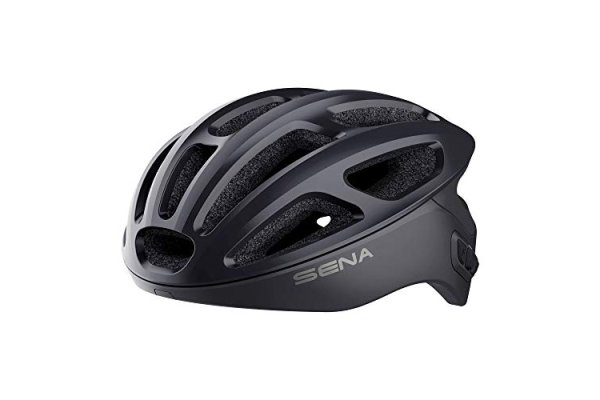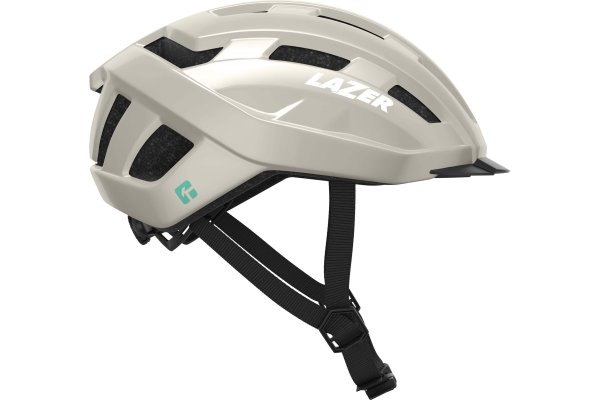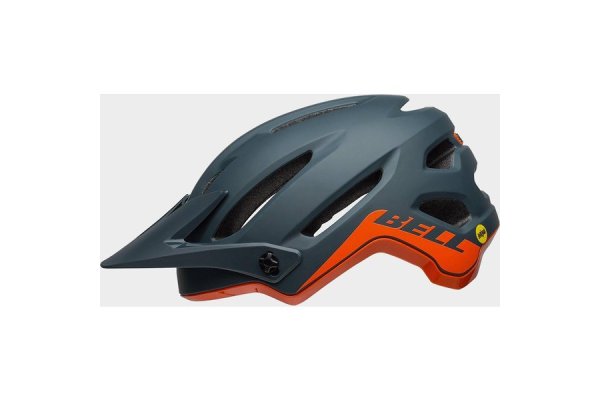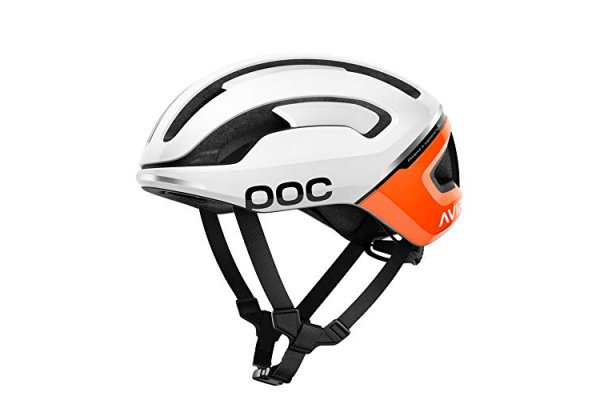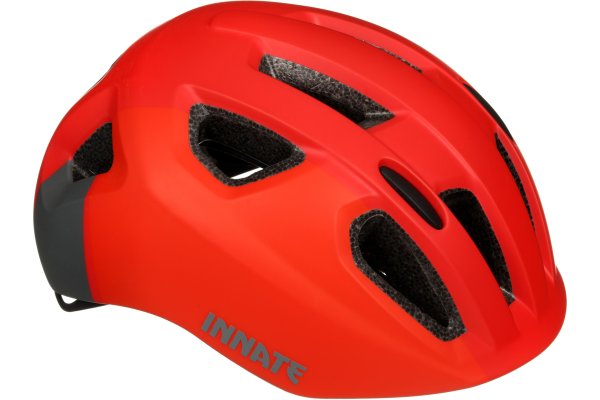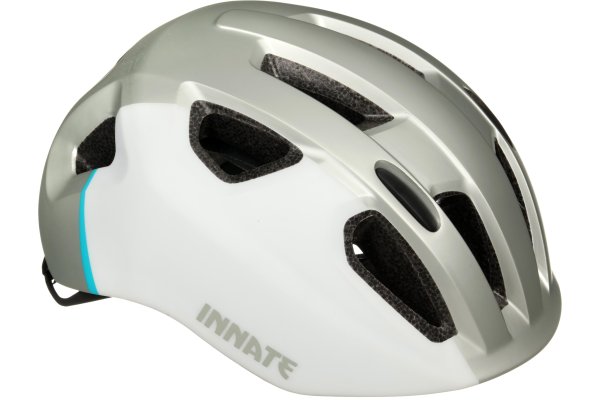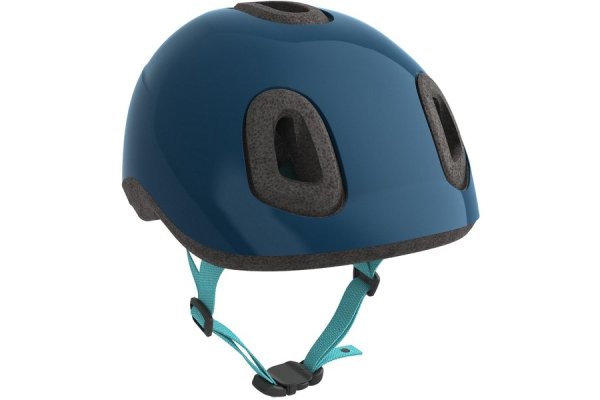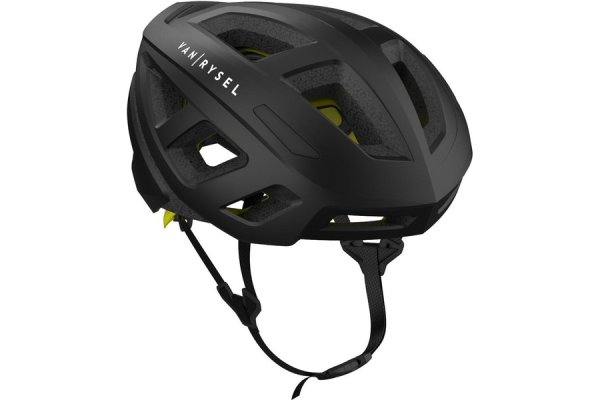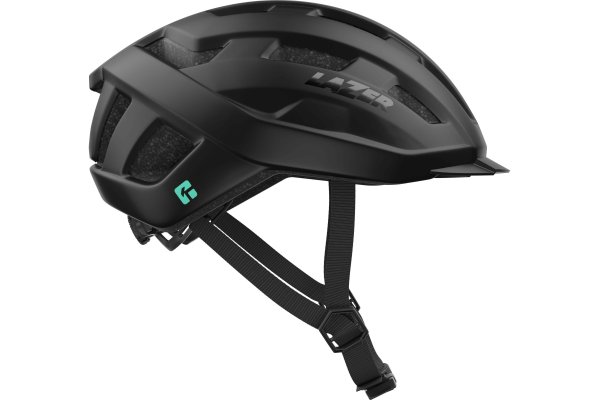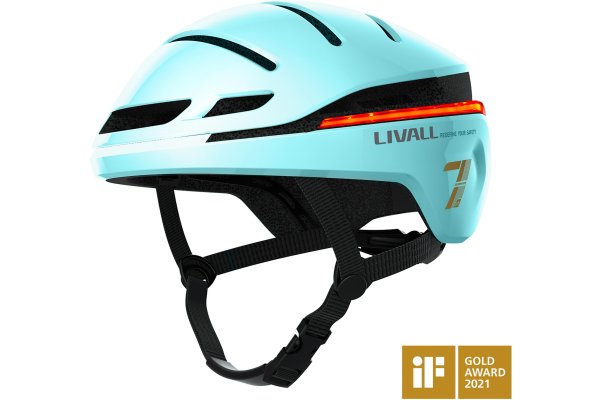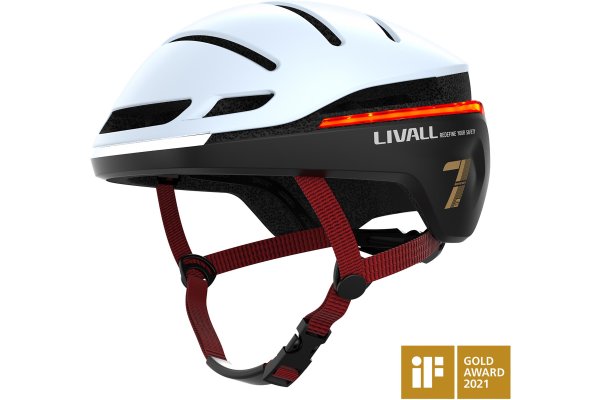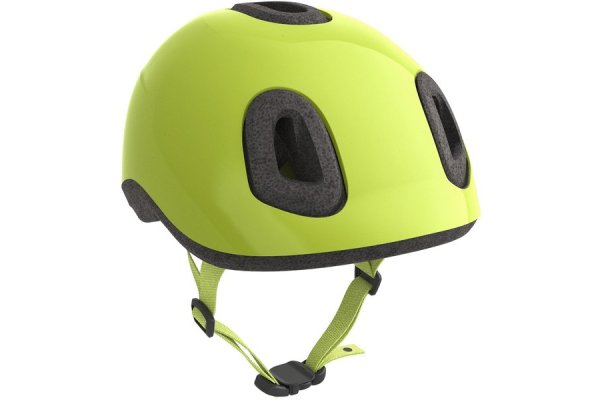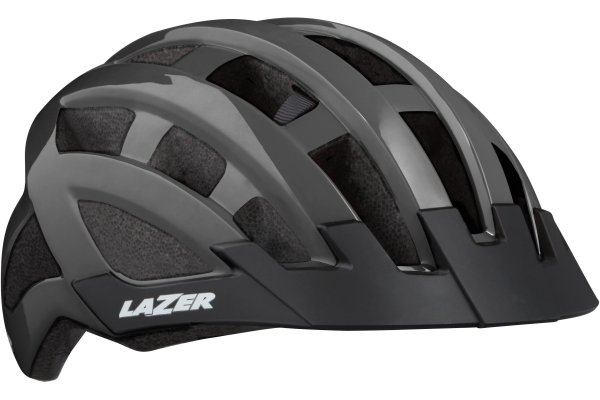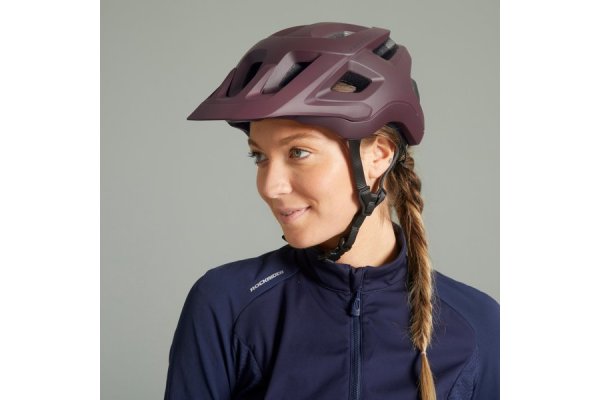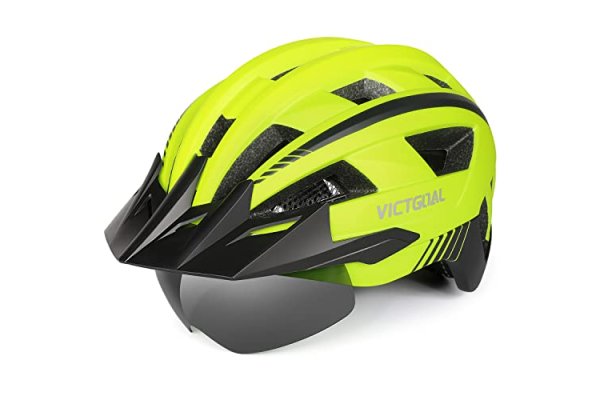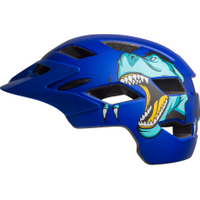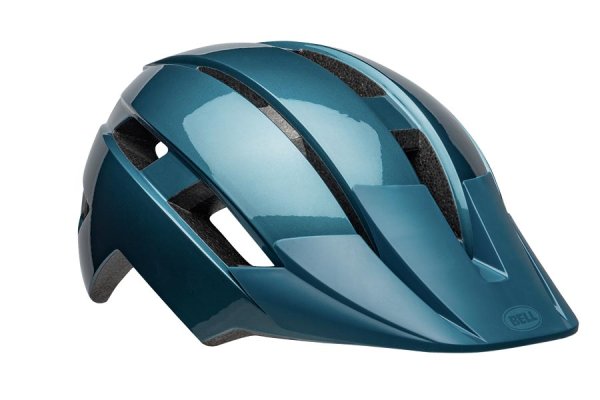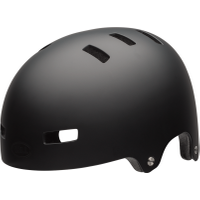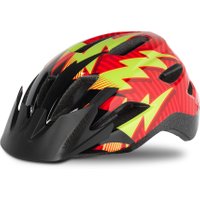Cycle Helmets
Arguably the most important piece of safety equipment for cyclists is the cycling helmet. Providing sufficient protection for your head can literally be the difference between life and death in dramatic enough circumstances. For a relatively small investment of money, you can ride with the peace of mind that if you were to come off your bike, your head is very well protected.
Here’s a guide to the different types of cycling helmet available on the market
Types of Cycling Helmet
Broadly speaking there are two types of helmet – a standard cycle helmet that provides protection to the head and the ‘full face’ helmet that covers the cheeks and chin. Unless you’re competitively racing a BMX, doing stunt work or riding a mountain bike competitively, you’re unlikely to need a full face helmet.
How do helmets protect the rider?
Most helmets are constructed from a foam inner with a hard plastic or polycarbonate outer shell. They’re made more comfortable by foam padding and an adjustable fitting mechanism that tweaks the helmet to suit the user. This strap prevents the helmet from rattling around during the ride.
Are helmets washable?
Almost all cycling helmets are easy to clean. The exterior can be wiped clean and rinsed easily. The internal plastic mechanisms can also be wiped clean. The foam padded inserts can be removed and machine washed, given they’re the parts most in touch with the sweaty skin.
How expensive are helmets?
For a standard cycling helmet you can expect to pay anywhere between £14 and £45 for a children’s size. For an adult helmet you’ll pay anywhere from £30 to £200. The differences come from fittings, materials, level of protection. When it comes to the full face helmet, you’ll be looking at a bill of £150 to £350, depending on the features and materials.
What’s the difference in quality at the various price points?
Generally speaking, the more expensive helmets will be built from lighter, yet stronger materials. They’ll fit better and will offer a higher level of protection. They’ll also be more secure in their fitting. Forget looks – this is equipment, not fashion. Buy the best helmet you can afford.
How do I pick a helmet?
This comes down to what kind of riding you’re going to be doing, and to what level. If you’re simply nipping to the shops and back at a leisurely pace on quiet roads, you’re unlikely to need all-singing and all-dancing. If you’re racing a road bike or riding on busy roads, you may want to invest in something with a little more protection. If you’re competing in BMX or mountain biking where the chance of a crash is high, you’ll need full face protection.
Do I need a helmet?
There’s no law forcing cyclists to wear a helmet in the UK, but it’s common sense to wear one. It will protect you against minor collisions and help protect your head in the event of a fall. For children, it’s a very good idea to make them wear one, given their increased likelihood of falling off.
Helmet guide conclusion
The different types of helmets have specific jobs, so the key is to understand which helmet you need for the cycling you’ll be doing. The information in here will have given you all the understanding you need!
